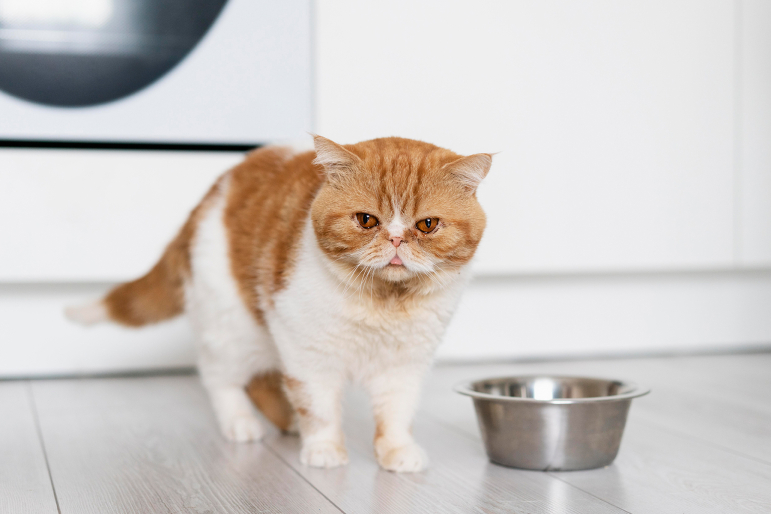The cat's dietary transition: how to make it effectively?

If you're a cat owner, you'll know that diet is a key element in your cat's health and well-being. And if you're considering a change in diet, it's important to do so carefully. A poorly managed dietary transition can lead to digestive problems, lethargy, or even refusal to eat in your cat. In this article, we give you the keys to making a successful dietary transition.
Why should I transition my cat's diet?
Cats have sensitive digestive tracts and their intestinal flora is essential to their health. If you change your cat's diet abruptly, you risk upsetting the balance of the intestinal flora, which can lead to digestive problems. Furthermore, cats are routine animals and can be wary of new things. It is therefore important to give them time to adapt to their new diet.
How do you make a food transition?
The golden rule for making a dietary transition is to do it gradually. It is recommended that you allow a transition period of at least a week or two to allow your cat to get used to the new diet.
The easiest way to do this is to gradually mix the old and new diets. Here's how to do it:
Transitioning to food with mash:
- Add a teaspoon of the new wet food to the regular ration.
- When the cat is eating the new food, double the amount in one meal, or double it in two meals.
- After a few days or weeks at this rate, the transition will be complete!
Transition to kibble:
- In a container containing 500g of usual kibble, take the quantity of kibble for the day.
- Distribute them in several meals.
- Add the same amount of new kibble to the bucket.
- The new kibble will mix with the old kibble still in the container, which will also mix their respective odours and may ease the transition.
- Repeat this process every day until only the new kibble is left in the stock. The transition will be made!
It is important to note that not all cats have the same difficulty adapting. Some can get used to their new food very quickly, while others may take longer. Be patient and don't hesitate to slow down the pace if you see your cat struggling to adapt.
In summary, the dietary transition is an important step to take if you are changing your cat's diet. By taking the time to make this transition gradually, you will allow your cat to get used to his new food gently, while preserving the balance of his intestinal flora.
